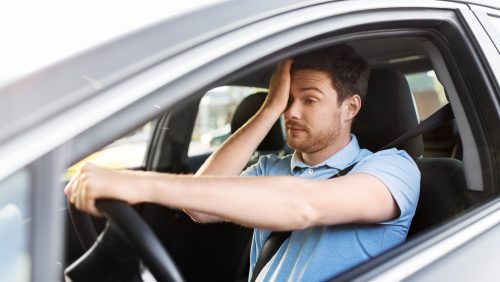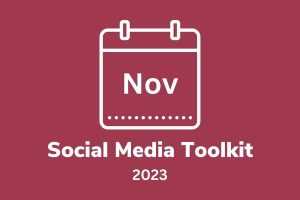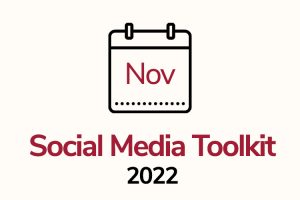Drowsy Driving
Driving while drowsy can impact thinking, decision-making and alertness. Make sure you are well-rested and alert behind the wheel.

DROWSY DRIVING FACTS:
-
12
Average number of fatalities resulting from drowsy driving.
These crashes occur most frequently between midnight and 6 a.m., or in the late afternoon. At these times, people experience dips in their circadian rhythm—the human body’s internal clock that regulates sleep.
-
1,060
Average number of injuries resulting from drowsy driving.
Frequently occurring on rural roads and highways, these crashes often involve a single driver (no passengers) running off the road at a high rate of speed with no evidence of braking.
According to National Sleep Foundation (NSF) data, 37 million motorists are estimated to drive drowsy at least once per year. While falling asleep at the wheel is incredibly dangerous, even driving while sleepy slows your reaction time, affects your ability to make good decisions and takes your full attention away from the road. These effects are similar to impairment. According to the NSF, a clinical trial found that being awake for 17 to 19 hours is comparable to having a blood alcohol content of 0.05%, leading to decreased reaction time and reduced hand-eye coordination. Longer periods without sleep could produce results equivalent to a blood alcohol content (BAC) of 0.1%.
Drowsy Driving is Preventable
Drowsy driving is preventable – just like other factors that contribute to crashes. To help educate the public, MDOT MVA’s Highway Safety Office has expanded its all-encompassing Be the Driver campaign to include Be the Alert Driver, reminding motorists of the importance of being well-rested and alert before getting behind the wheel.
“Drowsy driving is a relatable experience and a public health issue that can affect everyone. NSF commends Maryland for its commitment to sleep health and road safety, and we encourage all drivers to sleep first and drive alert,” said John Lopos, NSF CEO.
Recognize the Signs of Drowsy Driving
A large factor in preventing drowsy driving crashes is recognizing the causes and warning signs.
- Heavy eyelids
- Frequent yawning
- Drifting Lanes
- Hitting rumble strips
- Missing signs or exits
If you notice these signs while driving (or see them in your driver from the passenger seat) — pull over immediately to a safe and legal location and do not resume driving until the driver is alert. It’s also important to check any medications for side effects.
Turning up the radio, opening the car windows and turning up the air conditioning will not bring you back to full alertness. Sleep is the only safe solution for drowsy driving.
Tips for Driving Alert
How To Avoid Driving Drowsy. Information from the National Highway Traffic Safety Administration
Getting adequate sleep on a daily basis is the only true way to protect yourself against the risks of driving when you’re drowsy. Experts urge consumers to make it a priority to get seven to eight hours of sleep per night. For more information on healthy sleep, see In Brief: Your Guide to Healthy Sleep (PDF, 1.81 MB) at the National Heart, Lung, and Blood Institute website.
Before the start of a long family car trip, get a good night’s sleep, or you could put your entire family and others at risk.
Many teens do not get enough sleep at a stage in life when their biological need for sleep increases, which makes them vulnerable to the risk of drowsy-driving crashes, especially on longer trips. Advise your teens to delay driving until they’re well-rested.
Avoid drinking any alcohol before driving. Consumption of alcohol interacts with sleepiness to increase drowsiness and impairment.
Always check your prescription and over-the-counter medication labels to see if drowsiness could result from their use.
If you take medications that could cause drowsiness as a side effect, use public transportation when possible.
If you drive, avoid driving during the peak sleepiness periods (midnight – 6 a.m. and late afternoon). If you must drive during the peak sleepiness periods, stay vigilant for signs of drowsiness, such as crossing over roadway lines or hitting a rumble strip, especially if you’re driving alone.


